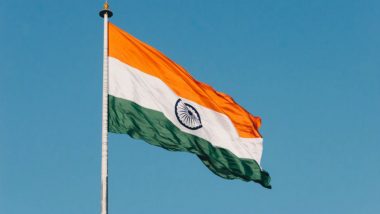Indian became independent on August 15, 1947. Indian fought for almost 200 years to throw the Britishers out of India. Many people laid down their lives for achieving freedom. The first war of Independence was fought in 1857 when Indian forces came together to fight against the British East India Company, though the revolt was suppressed, it gave a spark to the freedom struggle. On this Independence, let us remember the freedom fighters who stood up against the British rules and finally forced them to leave India.
Heroes of our freedom struggle:
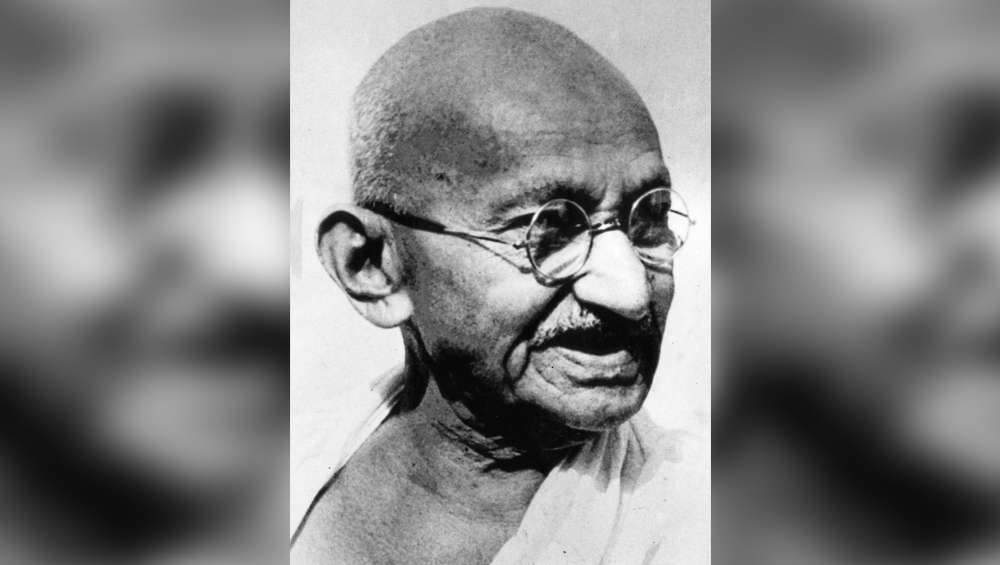
Mahatma Gandhi – Mohandas Karamchand Gandhi was born on October 2, 1869, in Porbandar, Gujarat. He is also known as the ‘Father of the Nation.’ Gandhi Ji followed a path of non-violence to fight against the British Rule. He completed law from London. He followed the path of Non-Violence to lead the freedom struggle. He started various non-violent movements against the British rule like Non-co-operation movement, Civil Disobedience Movement, Dandi March and Quit India Movement.
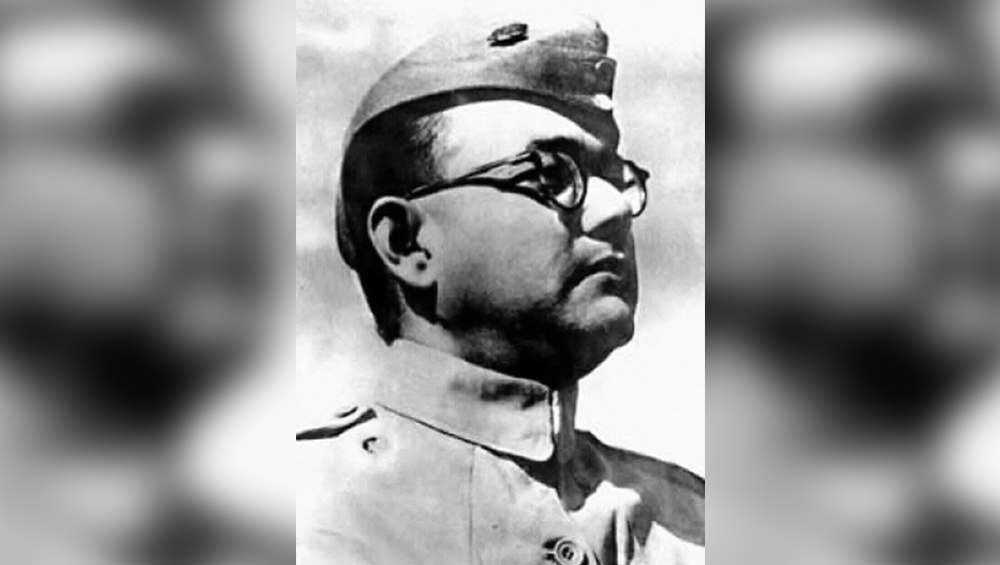
Subhash Chandra Bose: Popularly known as ‘Netaji’, formed Indian National Army (INA) to fight against the Britishers in the World War II. Netaji separated from the Congress because he was not happy with the way Congress is working to get the Independence. He sought help from the Axis Powers against the British Army. In 1945 he died in a plane crash in Japan.
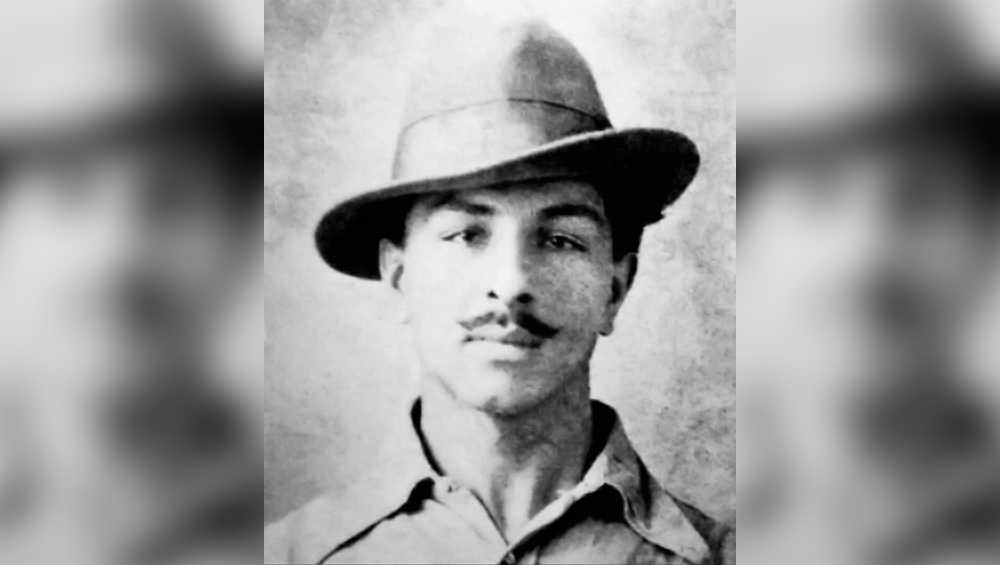
Bhagat Singh: Shaheed-E-Azam Bhagat Singh was the most popular freedom fighter of Indian freedom struggle. Initially, he was very much influenced by the non-violent methods of Gandhi, but in 1922 when Gandhi called off the Non-Co-operation movement, Singh was disappointed. His father and uncles were members of revolutionary ‘Gaddar Party’. He joined Hindustan Republic Association, and later its name was changed to Hindustan Socialist and Republic Army. Bhagat Singh was arrested in 1929 after he threw a bomb inside legislative Assemble. He was also wanted for the killing of Police Officer John Saunders. He along with Rajguru and Sukhdev was hanged on March 23, 1931.
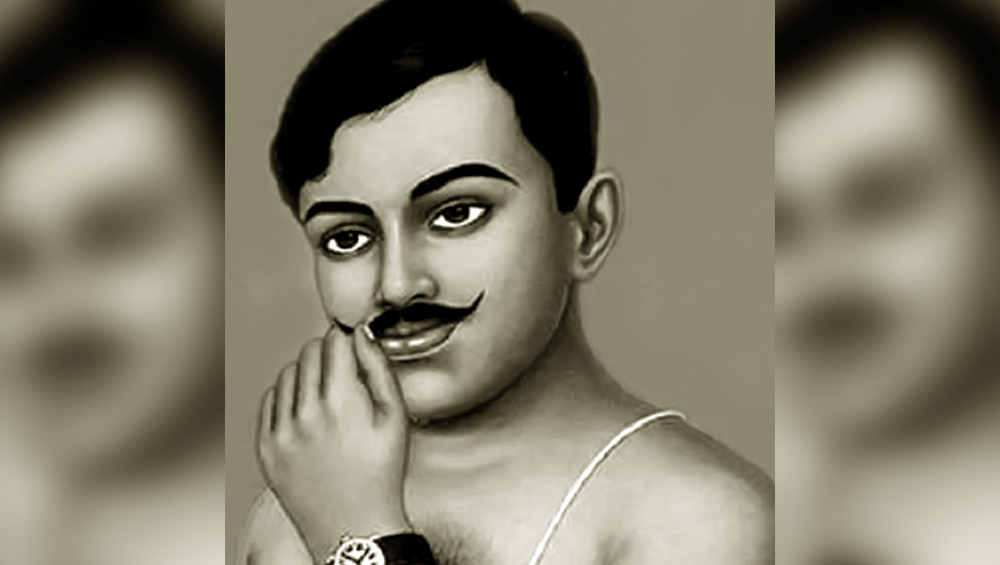
Chandrashekhar Azad: He was an Indian revolutionary and reorganised Hindustan Republic Association under a new name of Hindustan Socialist Republican Army. Azad was also a mentor of Bhagat Singh. He was involved in the Kakori Train Robbery of 1925, in the attempt to blow up the Viceroy of India's train in 1926, and at last the shooting of J. P. Saunders at Lahore in 1928 to avenge the killing of Lala Lajpat Rai. He died on February 27, 1931, in Alfred Park in Allahabad, when police surrounded the park on a tip of an unknown informer. He fought with the police but kept the last bullet for himself as he pledged not be captured by the British police. So he shot him with the last bullet.
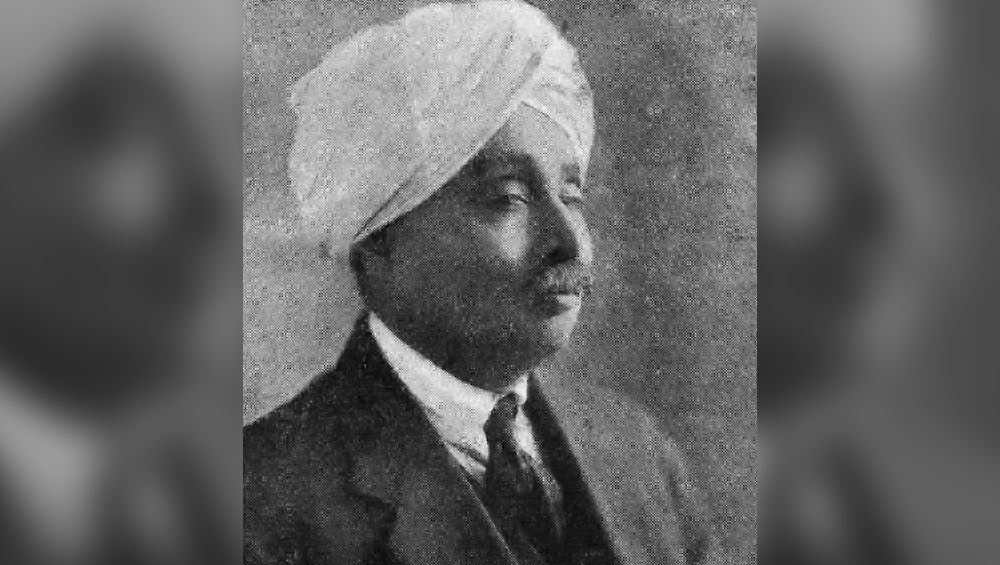
Lala Lajpat Rai: He was popularly known as ‘Punjab Kesari’(Lion of Punjab). After joining the Indian National Congress and taking part in political agitation in Punjab, Lala Lajpat Rai was deported to Mandalay, Myanmar without any trial in 1907, but later was released due to the lack of evidence. He was seriously injured in a lathi-charge by police during the protest against the Simon commission. On November 17, 1928, Rai died because of injuries.
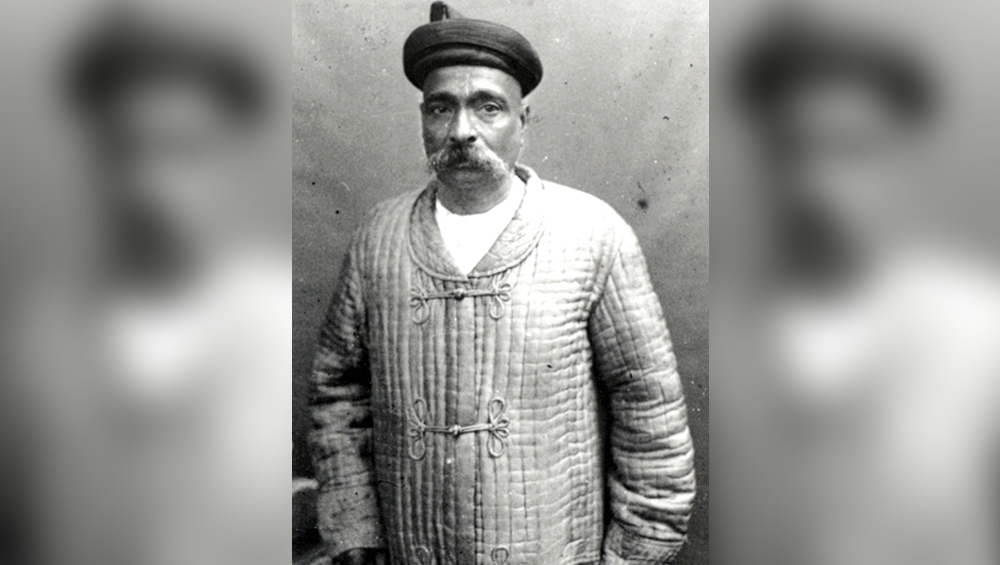
Bal Gangadhar Tilak: He was born as Keshav Gangadhar Tilak. He was an Indian nationalist, teacher, social reformer, lawyer and an independence activist. He was the first leader of the Indian Independence Movement. The British colonial authorities called him "The father of the Indian unrest." Tilak was the first advocates of the ‘Swaraj’ (Self Rule). He gave the slogan ‘Swaraj is my birthright, and I shall have it.’ He died at the age of 64 in 1920.
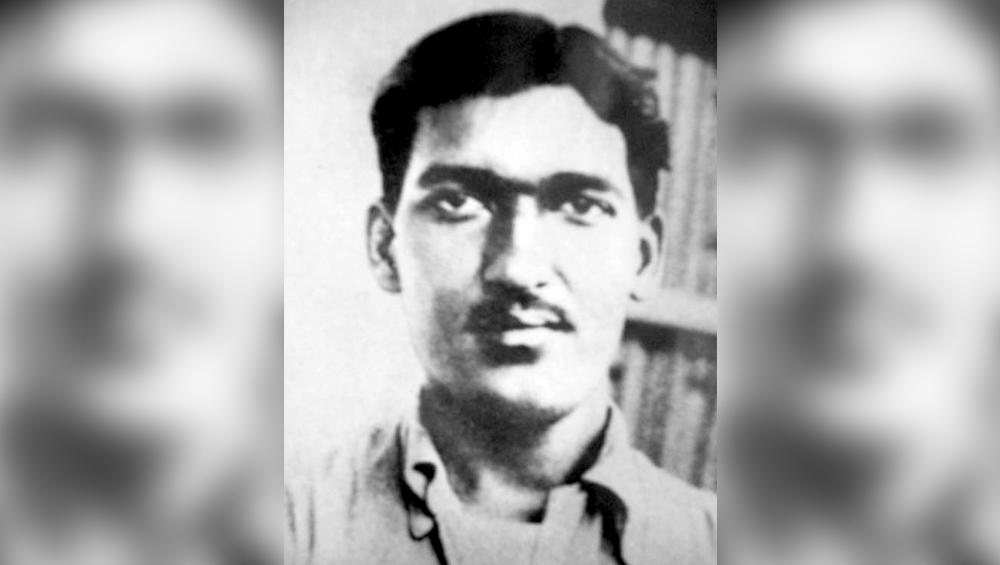
Ashfaqullah Khan: Ashfaqulla Khan was born in Shahjahanpur to Shafiqur Rahman and Mazharunissa. He was the youngest amongst his six siblings. Khan along with other revolutionaries like Ram Prasad Bismil and Chandrashekar Azad planned the Kakori train robbery to loot the government treasury carried in trains for buying weapons for the for the freedom struggle movement. The British government gave him a death sentence for his role in the robbery.
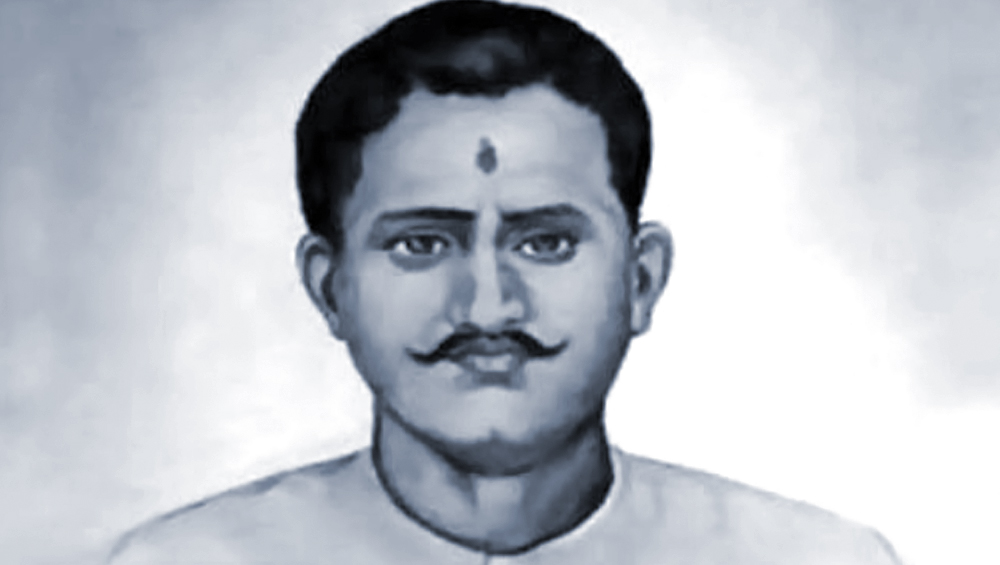
Ram Prasad Bismil: He was one of the founding members of Hindustan Republican Association. He was part of Mainpuri Conspiracy in 1918 and Kakori train robbery of 1925. Following 18 months of legal process, Bismil, Ashfaqulla Khan, Roshan Singh and Rajendra Nath Lahiri were sentenced to death. Bismil was hanged on 19 December 1927 at Gorakhpur Jail.
(The above story first appeared on LatestLY on Aug 14, 2018 03:47 PM IST. For more news and updates on politics, world, sports, entertainment and lifestyle, log on to our website latestly.com).


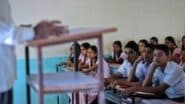

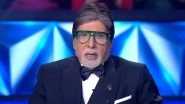



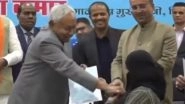


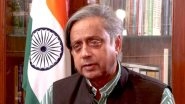

 Quickly
Quickly








